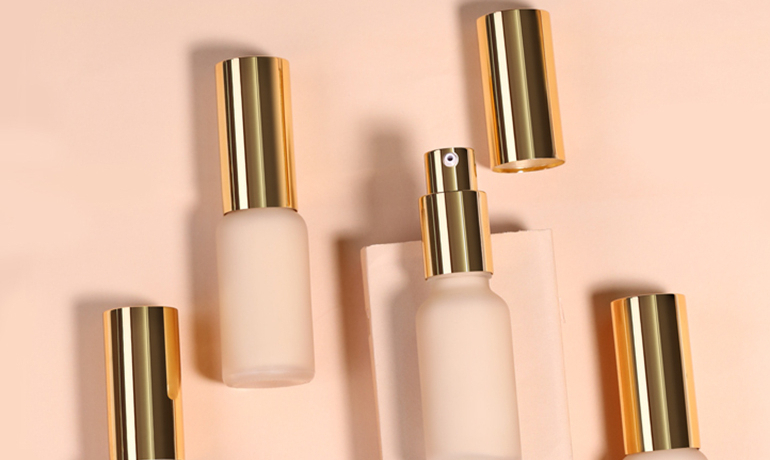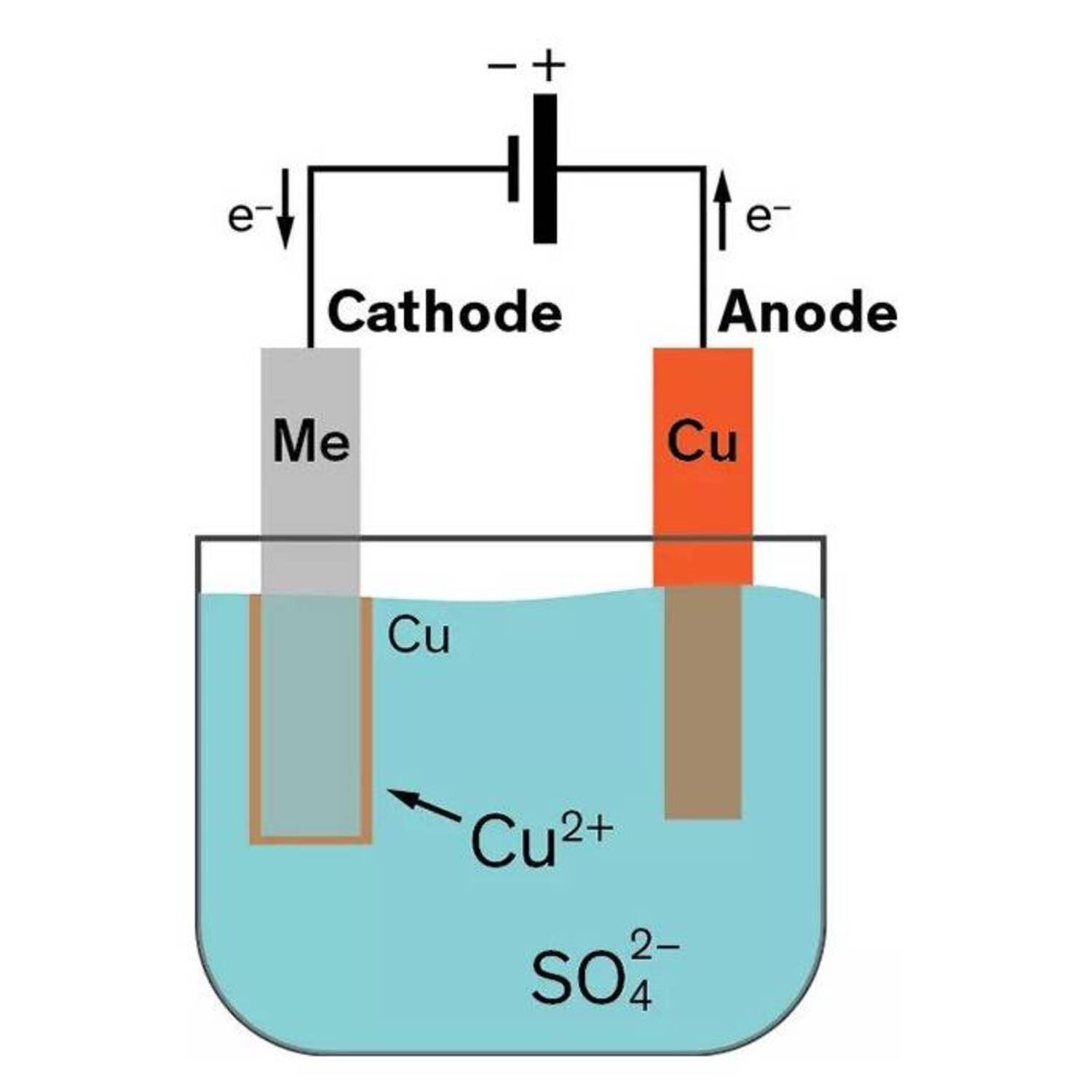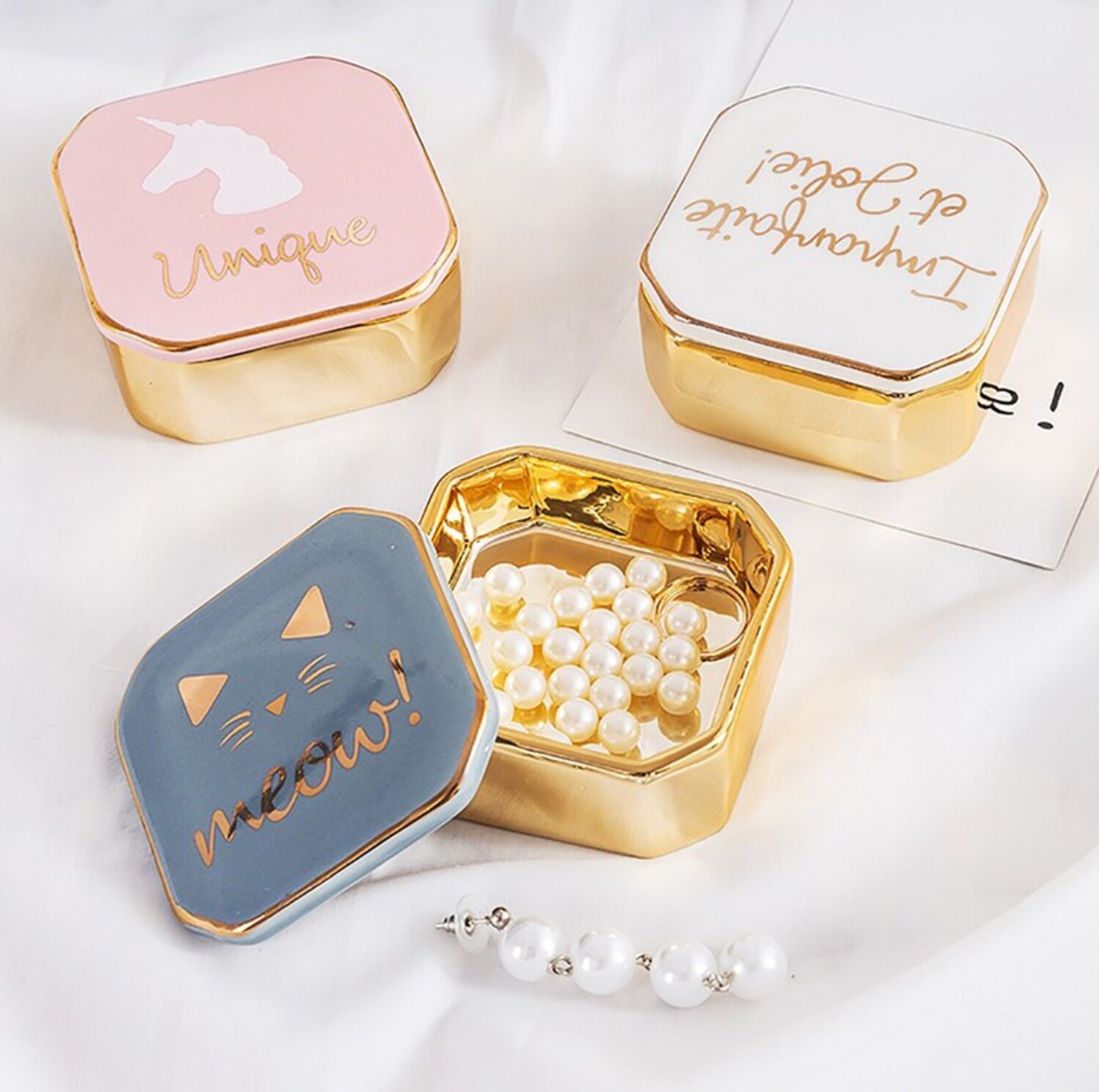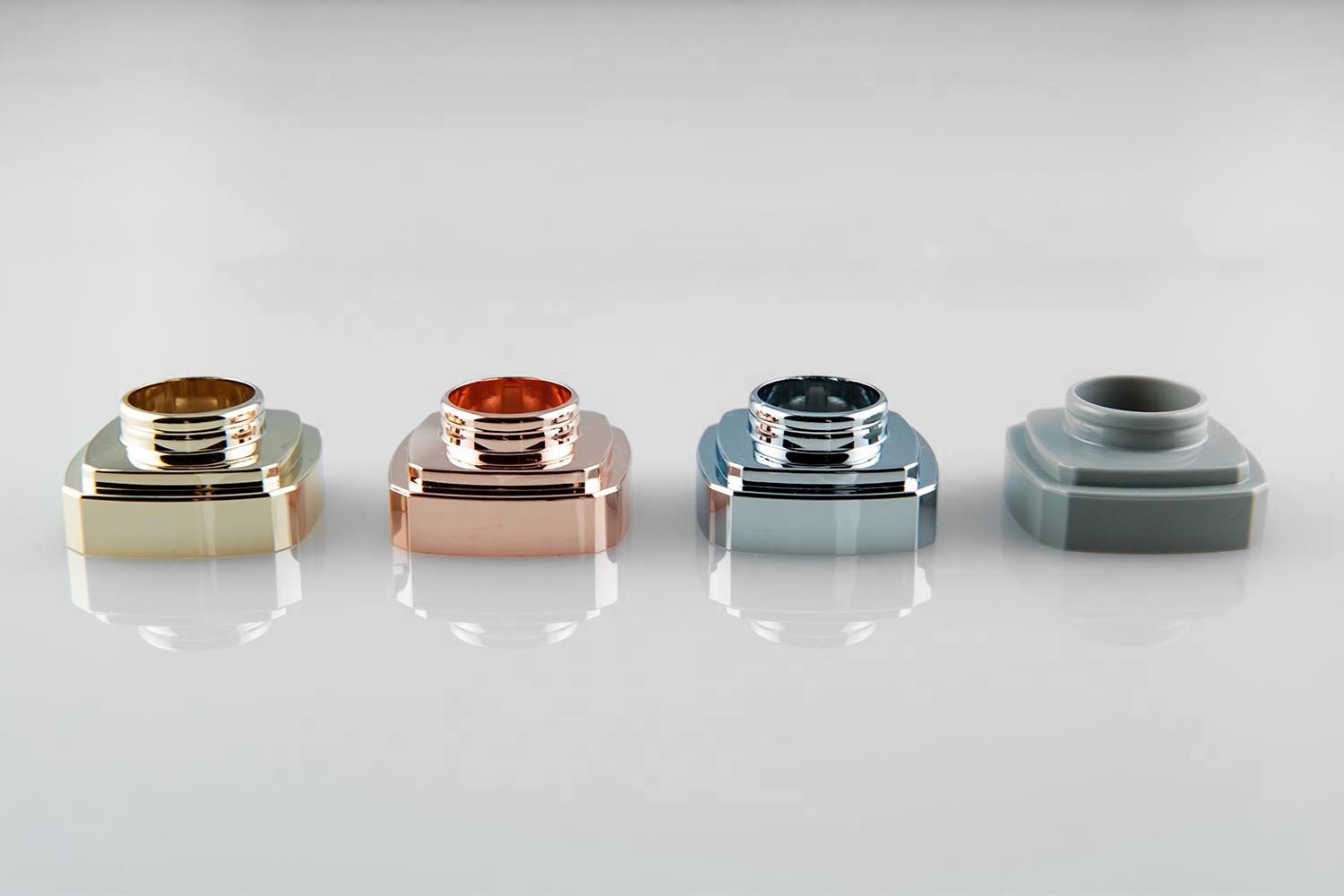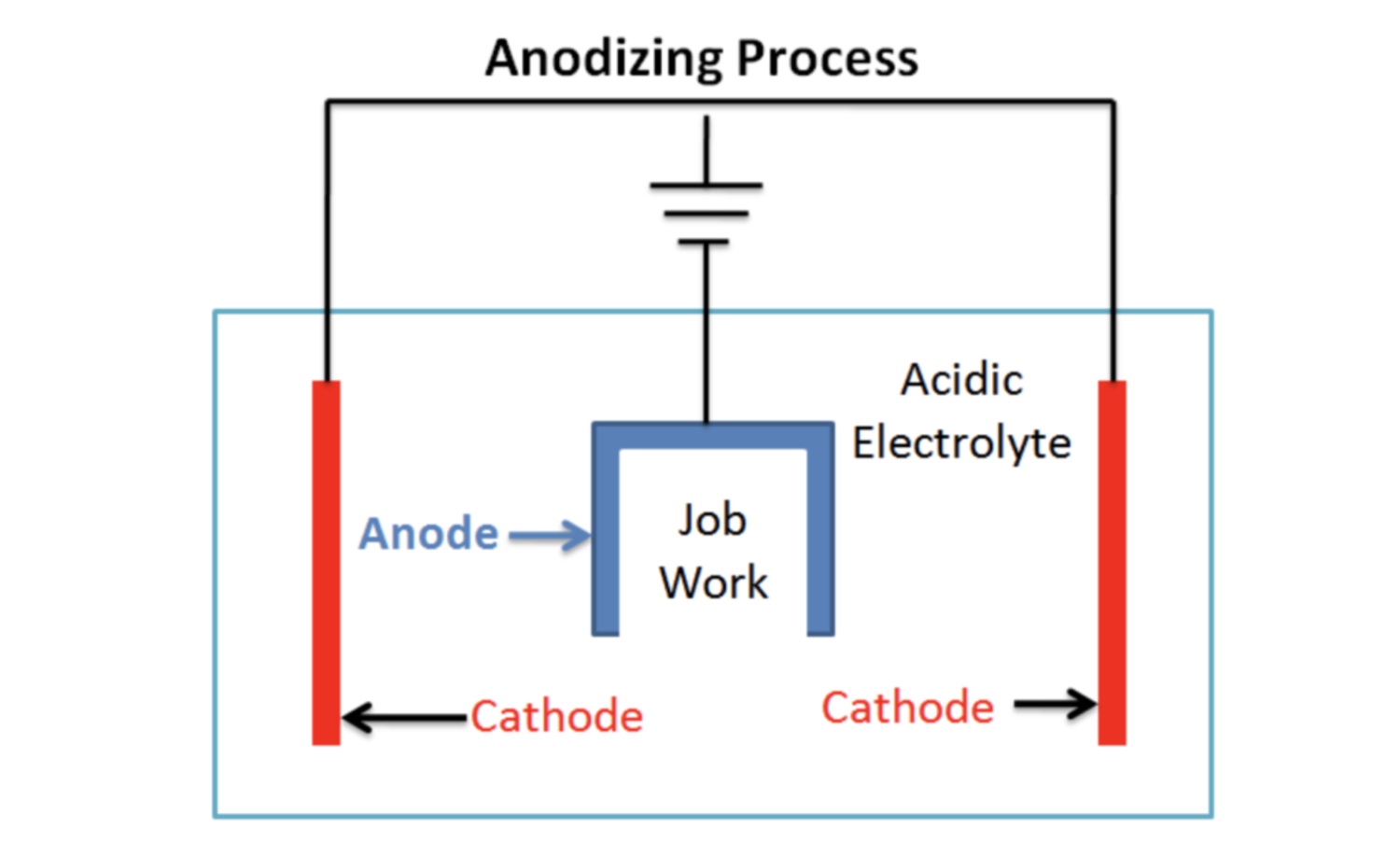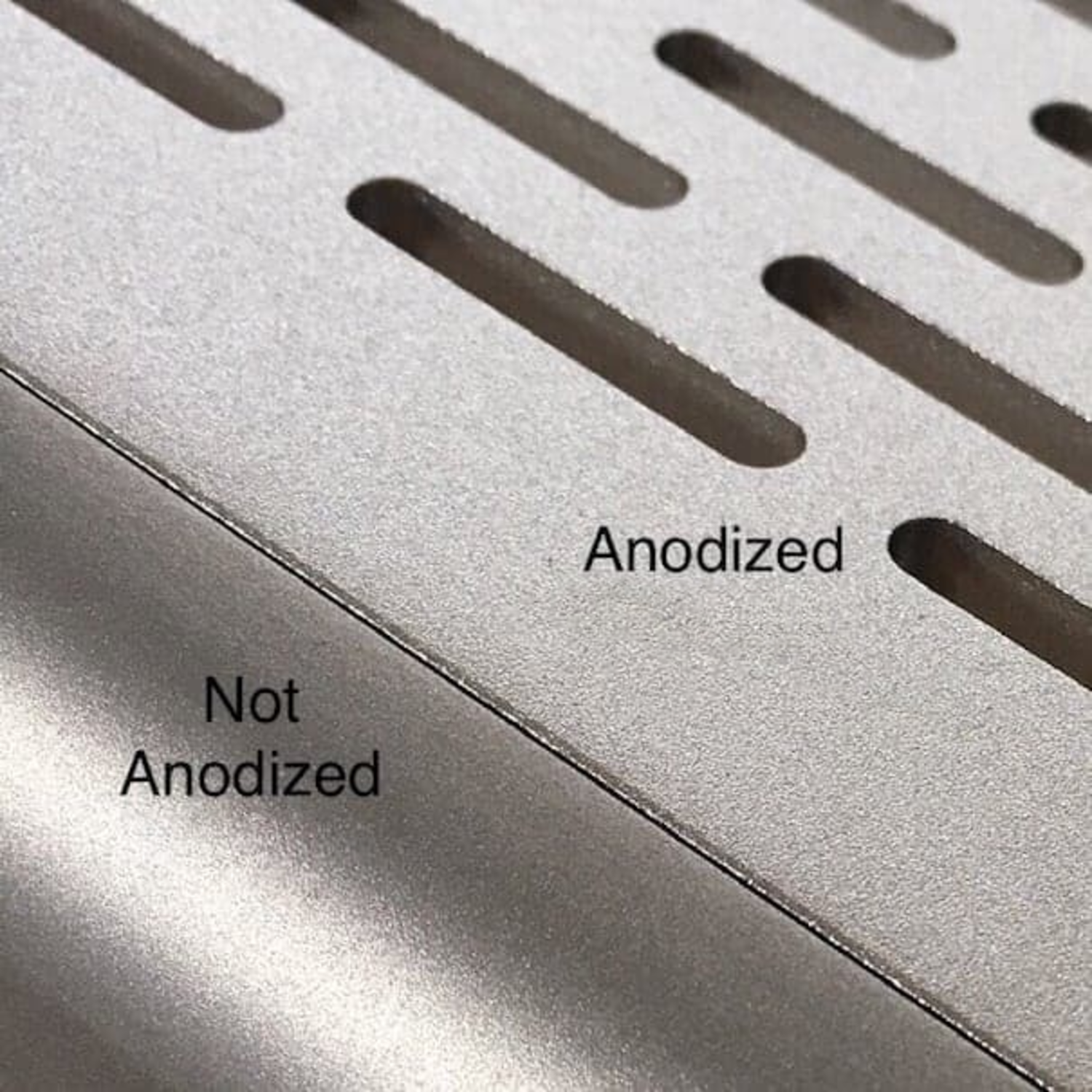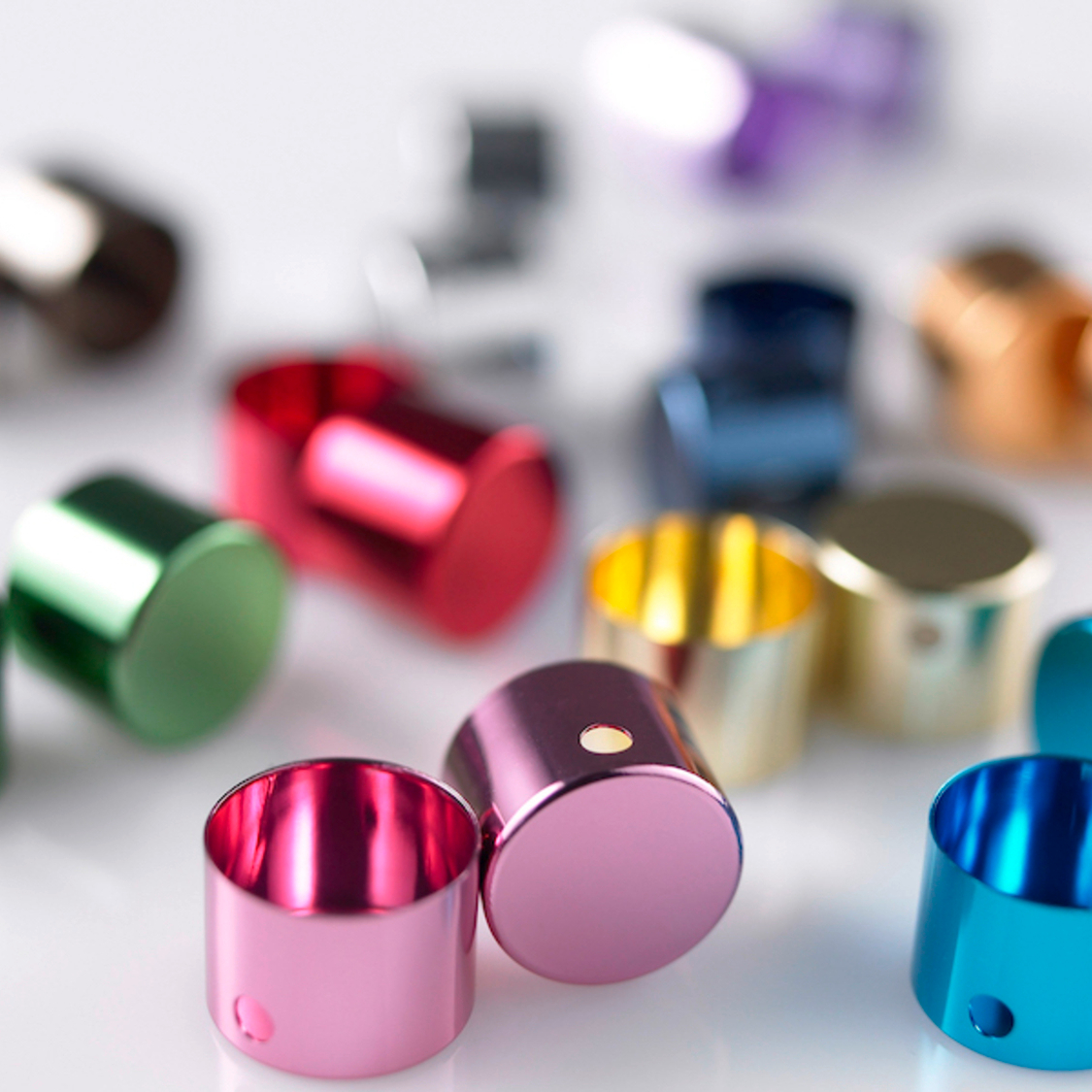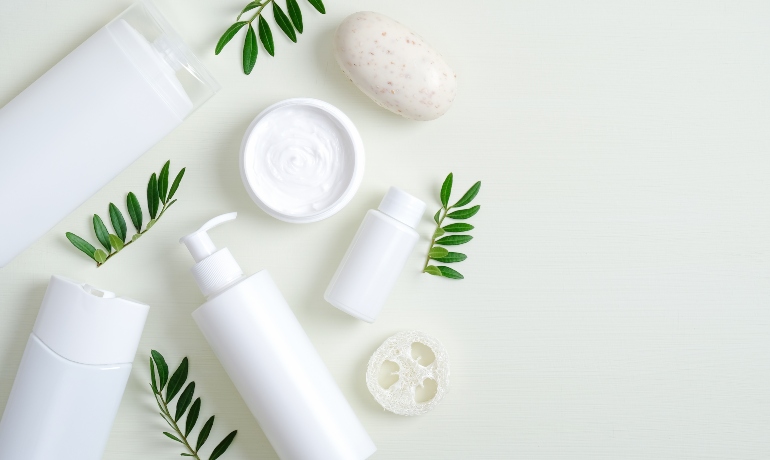
How to make the containers shine and stand out among others?
Metalizing techniques
Metalizing is a commonly used secondary treatment method. So, what is metalizing? It is a technique to coat metal on the surface of objects. For the beauty industry, the technique is usually used for decorating the bottles and containers of the products. Except for decorating, metallic coating can also prevent the surface of the objects from being scratched.

